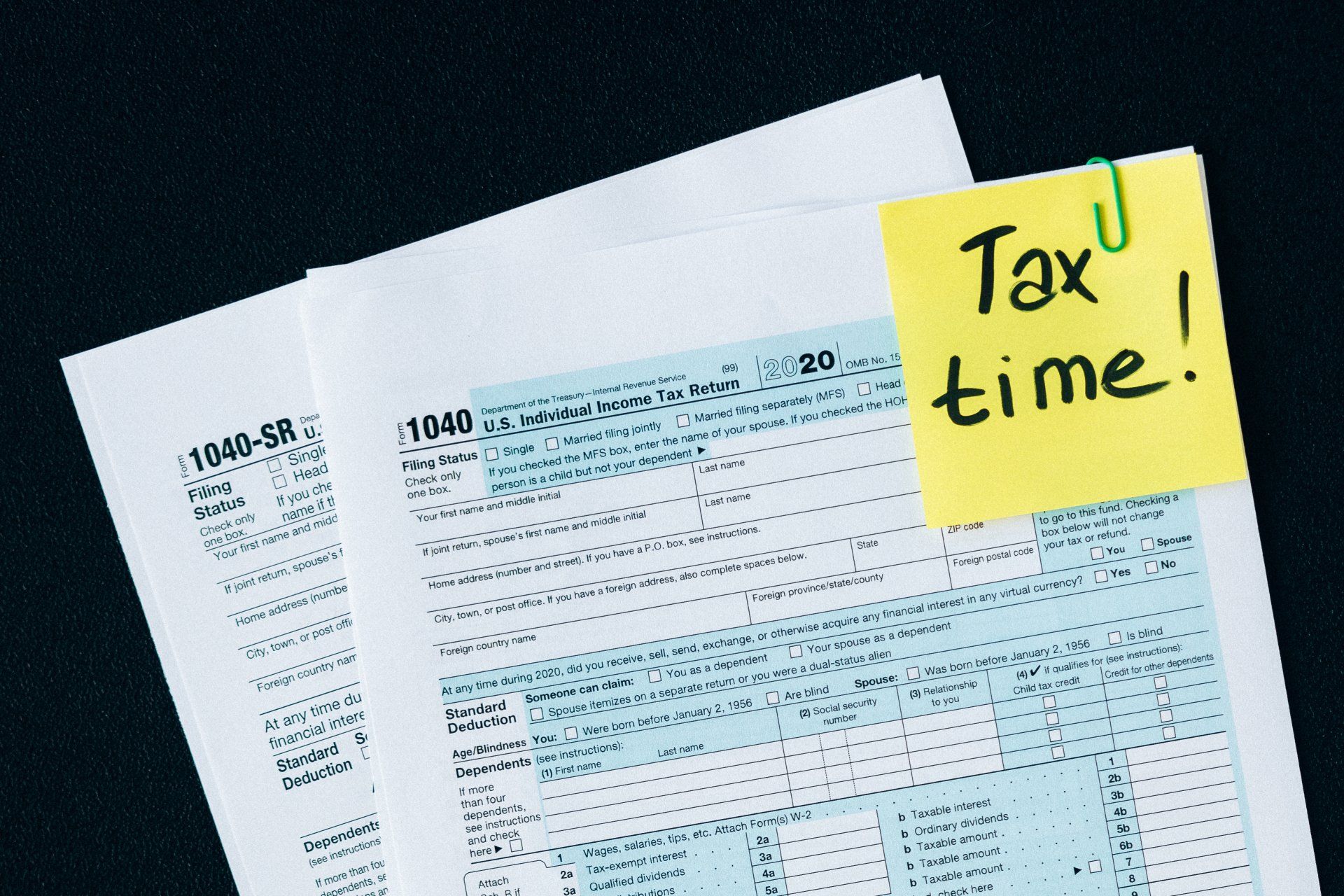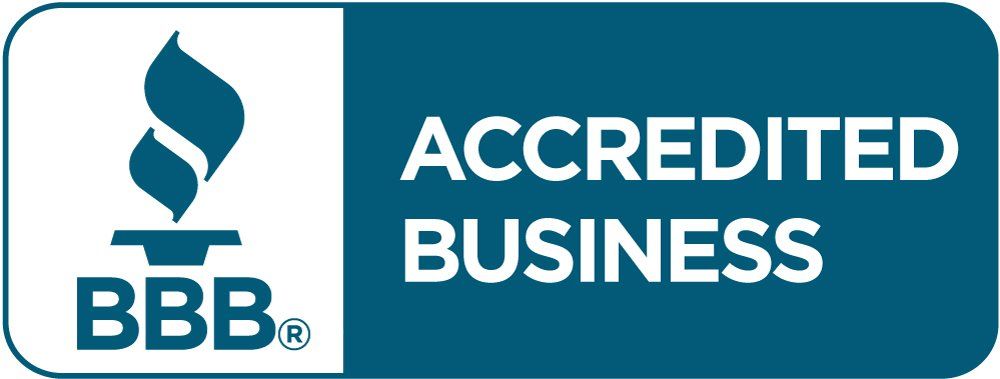HECM moving from LIBOR index to SOFR index
HECM moving from LIBOR index to SOFR index
For many years, the Home Equity Conversion Mortgage (Reverse Mortgage) has used the LIBOR Index for adjustable-rate loans. The Libor Index will stop being published after June 30, 2023 and a replacement index, the Secured Overnight Financing Rate (SOFR), will take its place.
A quote from Reverse Mortgage Daily about the Recent History of LIBOR transitioning to SOFR,
“In 2014, the Federal Reserve Bank of New York convened the Alternative Reference Rates Committee (ARRC) to identify best practices for alternative rates and develop an implementation plan.
In mid-2019, the Ginnie Mae SVP in the Office of the President at the time, Michael Drayne, told reverse mortgage industry participants that the timing of a new rate index was a complex issue. In terms of HECM-backed Securities (HMBS), two alternative rates emerged as potential replacements: SOFR and the Constant Maturity Treasury (CMT) index. However, the majority of the reverse mortgage industry preferred SOFR due to its widespread use in financial services.
In September 2020, Ginnie Mae announced new restrictions on HMBS eligibility for adjustable rate loans operating off of the LIBOR index, which was effective for all issuances dated on or after January 1, 2021 — an announcement that came nearly a year prior to the planned move away from LIBOR. Action on a new reverse mortgage rate index had been tied to December 2021, and the September 2020 announcement caught many by surprise.
The decision regarding a new index for the reverse mortgage program rested with the FHA, however, and the industry waited several months to hear which direction the agency would go. ML 2021-08 announced that the HECM program move from the LIBOR index for adjustable-rate HECMs to SOFR.
The proposed version of the rule arrived in October of 2022, and NRMLA drew attention to reverse mortgage industry issues in a letter to FHA sent to the agency the following month. Concerns raised by the association are addressed in the final rule, NRMLA said in a member alert.”












